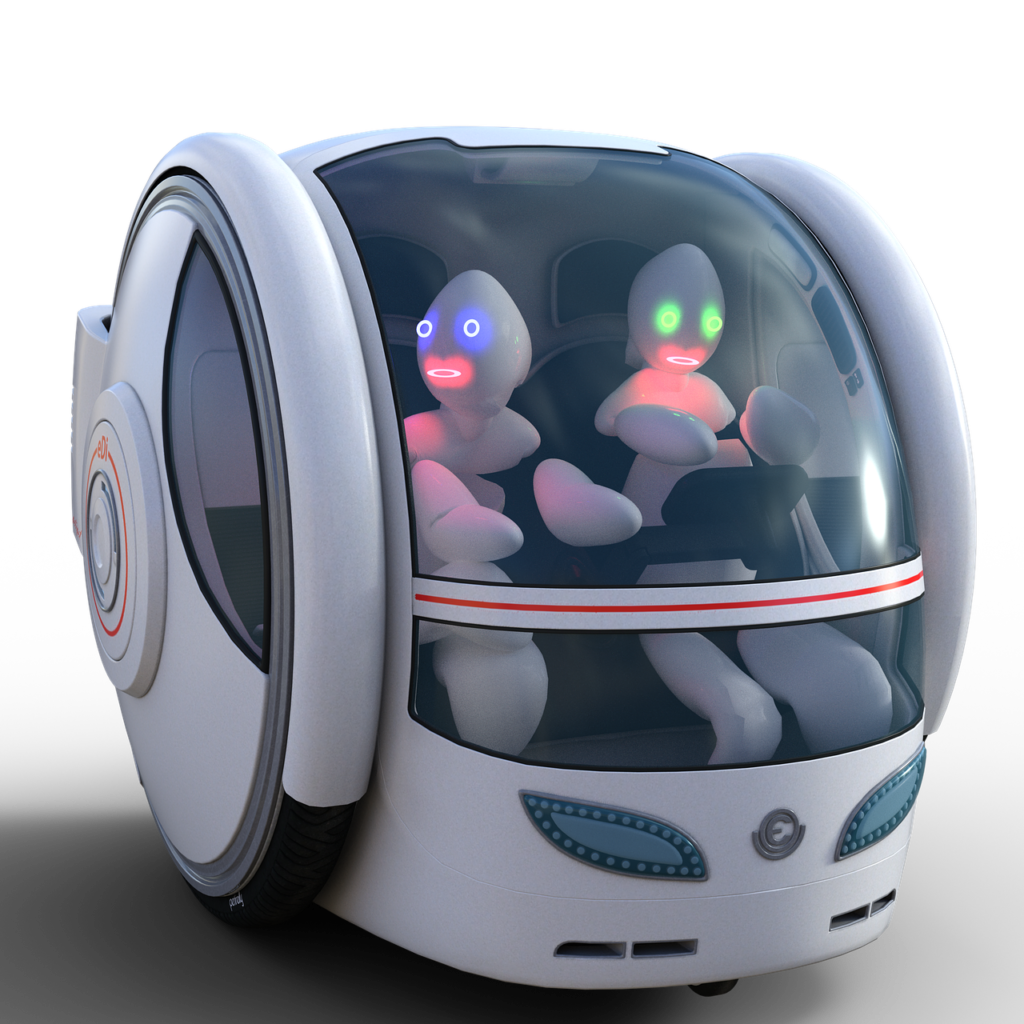Artificial Intelligence (AI) has revolutionized various industries, and one area where its impact is particularly significant is in autonomous vehicles and smart transportation systems. AI technologies are transforming the way we travel, making transportation safer, more efficient, and environmentally friendly.
Leveraging AI for Autonomous Vehicles
Autonomous vehicles, also known as self-driving cars, are one of the most exciting applications of AI in transportation. AI algorithms and machine learning enable these vehicles to navigate and make decisions without human intervention. They use a combination of sensors, cameras, and advanced algorithms to perceive their surroundings, interpret the data, and respond accordingly.
AI plays a crucial role in improving the safety of autonomous vehicles. The advanced perception systems can detect and recognize objects, pedestrians, and other vehicles with a higher accuracy than human drivers. This enables autonomous vehicles to anticipate potential risks and make split-second decisions to avoid accidents.
Additionally, AI algorithms continuously learn from real-time data, allowing autonomous vehicles to adapt and improve their driving capabilities. They can analyze vast amounts of data, including traffic patterns, weather conditions, and road infrastructure, to optimize their routes and make more efficient decisions.
Enhancing Smart Transportation Systems
AI is also being leveraged to create smart transportation systems that can optimize traffic flow, reduce congestion, and improve overall efficiency. By collecting and analyzing data from various sources, such as GPS, traffic cameras, and sensors, AI algorithms can provide real-time insights and make intelligent decisions.
One of the key applications of AI in smart transportation systems is traffic management. AI algorithms can analyze traffic patterns, predict congestion, and suggest alternative routes to drivers. This not only reduces travel time but also minimizes fuel consumption and emissions, contributing to a greener and more sustainable transportation system.
AI-powered smart transportation systems can also enhance public transportation services. By analyzing passenger data, AI algorithms can optimize bus routes, schedules, and capacity to meet the demand more efficiently. This improves the overall experience for commuters and encourages the use of public transportation, reducing the number of private vehicles on the road.
The Role of AI in Future Transportation
The impact of AI on autonomous vehicles and smart transportation systems is only going to increase in the future. As AI technologies continue to advance, we can expect even more sophisticated autonomous vehicles and smarter transportation systems.
AI can help overcome some of the challenges associated with autonomous vehicles, such as handling complex urban environments and adverse weather conditions. By continuously learning from real-world scenarios, AI algorithms can improve the decision-making capabilities of autonomous vehicles, making them safer and more reliable.
In smart transportation systems, AI can enable predictive maintenance, allowing authorities to identify and address potential issues before they cause disruptions. AI algorithms can analyze data from sensors embedded in vehicles and infrastructure to detect anomalies and predict maintenance needs. This proactive approach can minimize downtime and ensure the smooth functioning of transportation systems.
Furthermore, AI can also facilitate the integration of autonomous vehicles into existing transportation infrastructure. By analyzing traffic patterns and optimizing traffic signals, AI algorithms can ensure a seamless and efficient flow of autonomous and traditional vehicles on the road.
Conclusion
The impact of AI on autonomous vehicles and smart transportation systems is transforming the way we travel. From improving the safety of self-driving cars to optimizing traffic flow and reducing congestion, AI technologies are revolutionizing transportation. As AI continues to advance, we can expect even more innovative applications that will further enhance the efficiency, safety, and sustainability of our transportation systems.

